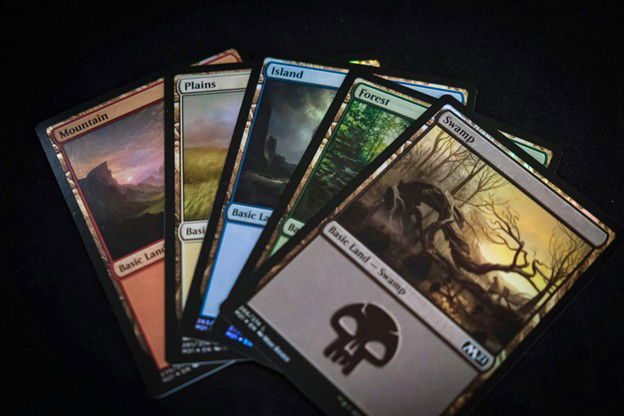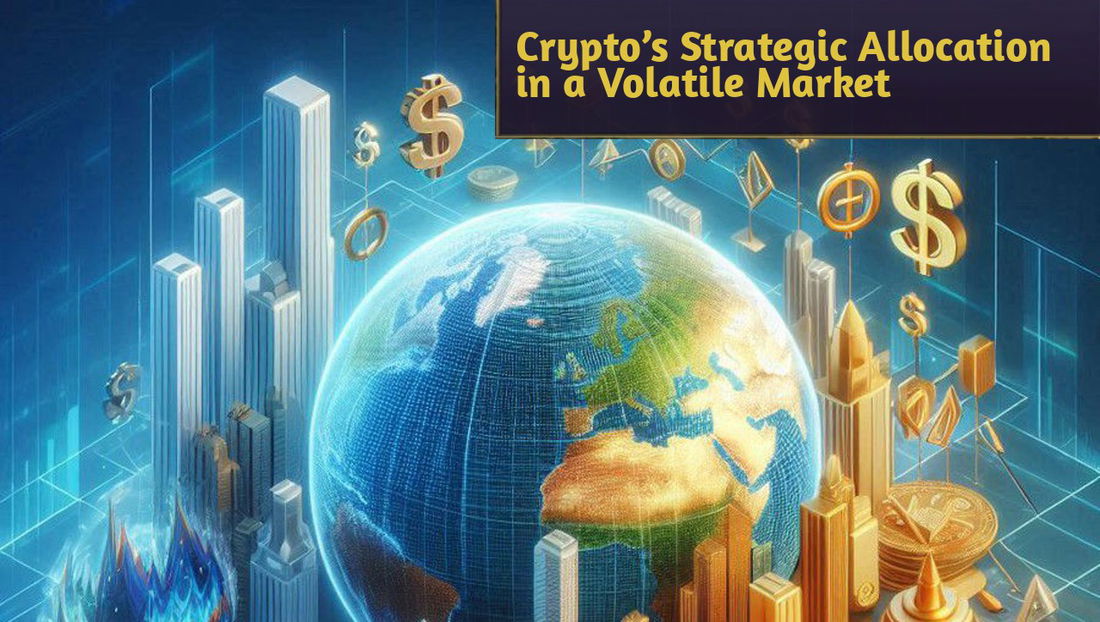Now, there’s a new digital layer forming beneath the familiar gloss of trading cards. NFTs, which were once a buzzword in speculative tech, are now slowly drifting into spaces long dominated by tactile collectibles like Magic: The Gathering, Yu-Gi-Oh, and Pokémon. The reception? Complicated.
Some Are Already Building Anyway
Despite all the fuss and heated discussion, the march of progress is inevitable. Experimentation continues, innovation thrives, and NFTs evolve. For better or for worse? Now that's a hefty debate. Independent developers are producing small-batch, NFT-backed TCGs. Some offer physical packs tied to blockchain tokens.
Others explore game mechanics that blend both worlds, using NFTs for digital items or characters that affect physical matches. We even have an example of a specialised seo agency for NFT showing us how important and far they've come. With their help and a good background, fertilised with positive intent, NFTs can be used to their full potential as cards.
A Legacy Built on Paper and Play
Back in the old and early days of Magic: The Gathering, what mattered most was the deck in your hands and the thrill of an in-person match. For Pokémon, collecting was about binders, trades at recess, and the palpable joy of holding a rare holographic card. The thrill of opening a booster pack and sorting through your new collection was unmatched. Trading (the first T in TCGs) was essential for the hobby, and it brought countless people together. This is the foundation all TCGs are built. Magic the Gathering’s digital history started with the first tap and untap motion and has still strong since 1993.
So when digital ownership entered the room, specifically NFTs, heads turned. NFTs did not come in quietly. Many longtime players and collectors question why a technology rooted in digital scarcity needs to be part of a community grounded in face-to-face interaction and physical rarity.

Perspectives Across Two Worlds
In the Pokémon TCG space, opinions are similarly fragmented. Younger collectors, already used to digital rewards in video games, sometimes express curiosity toward NFT integrations, especially if tied to mobile platforms or exclusive digital content. Where younger players are open to at least trying out something new, older fans are reserved. This is another wedge in the community, further fragmenting it and making it complicated to promote NFTs. Across forums and threads, several distinct viewpoints keep surfacing:
1. Preservationists: These voices tend to be older, highly invested in the original culture of TCGs. They view NFTs as a disruption, less about utility and more about undermining the soul of the game.
2. Pragmatists: Not necessarily fans, but open to innovation if it brings practical benefits. They’ll support NFTs if they can, say, help verify card ownership or reduce fraud in high-end trading.
3. Speculators: More common in crossover crypto communities, they see TCG NFTs as another investment vehicle. They often view cards primarily through a value lens.
4. Bridgers: This group actively explores the space between digital and physical. Some creators are experimenting with NFT-backed physical cards, where each card is paired with a unique digital twin.
These camps aren’t rigid, and many players drift between them depending on context or new developments. This is great news, as it shows that people are flexible, that opinions can be changed with facts, and that NFTs have a future and place in the TCG industry.
A Shifting Trust Line
There’s also the matter of trust, and that’s where things get a bit thorny as if they were not delicate so far. Magic: The Gathering’s publisher, Wizards of the Coast, recently clarified that they currently have no plans to introduce NFTs into their products, and we can see them remaining open as their D&D open gaming license isn’t going anywhere. While this calmed some parts of the community, it didn’t stop the speculation. Because anything can change in the following five years.
Companies are driven by profit margins, and there is plenty to be made in NFTs for them to pass up the opportunity. Fans still feel wary, believing that if the broader industry continues moving in that direction, Magic might follow under pressure, especially given Hasbro’s interest in monetizing its IPs more aggressively.
When Utility Is the Argument
Supporters of NFTs in TCGs often focus on utility. They argue that blockchain technology could:
1. Authenticate rare cards without relying on third-party graders
2. Enable digital marketplaces with trustless transactions
3. Prevent counterfeits from circulating
4. Offer a new format for collecting, without physical storage concerns
There’s logic here, sure. But opponents often question whether these benefits couldn’t be achieved through less controversial or energy-intensive means. Why does it need to be an NFT, specifically?
Final Thoughts, Even if Unfinished
This conversation doesn’t move in a straight line. Some weeks, the discourse leans heavily negative. Other times, a new use case will pop up that reignites curiosity. It’s a pendulum, not a march. At its heart, the tension isn’t really about NFTs. It’s about what kind of future trading card fans want to build, and who gets to build it with them.










— Comments 0
, Reactions 1
Be the first to comment